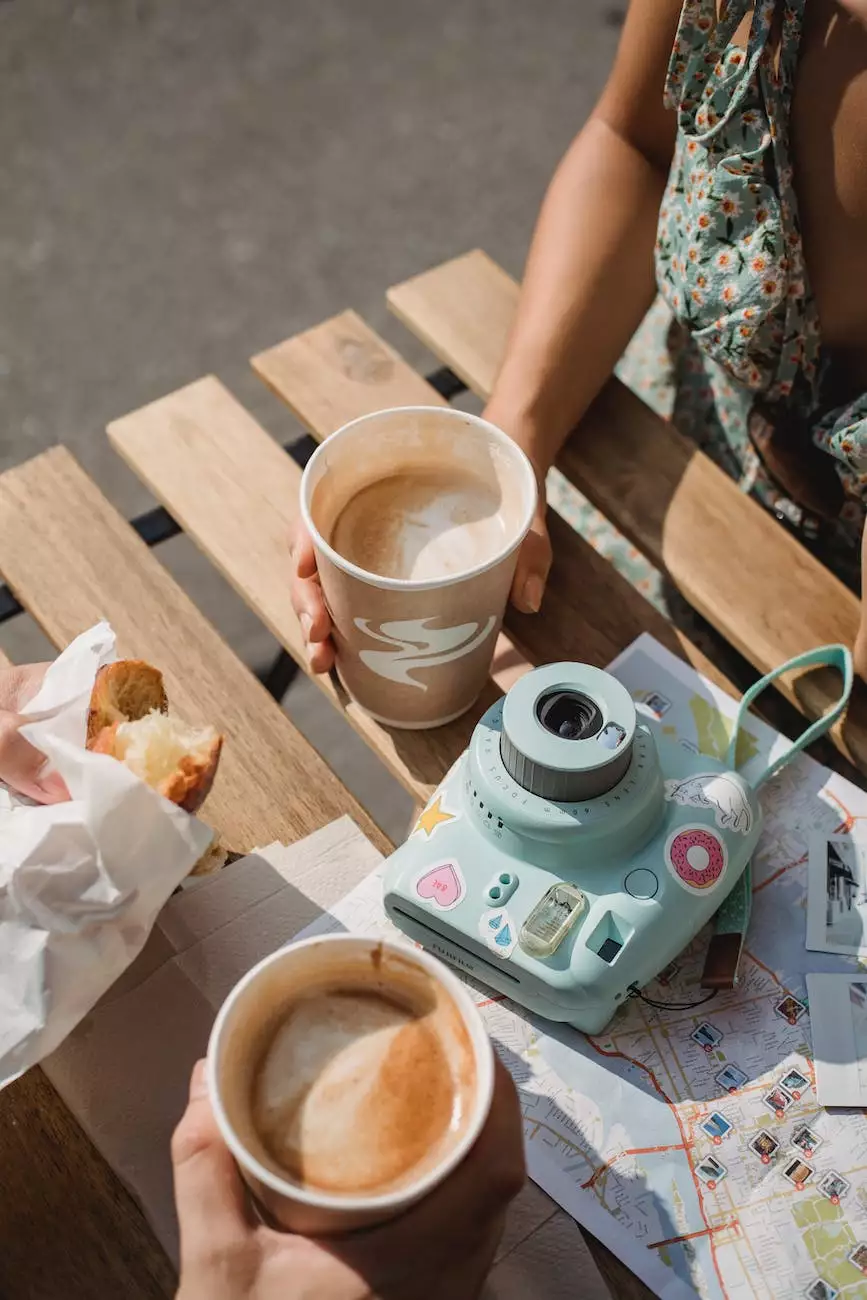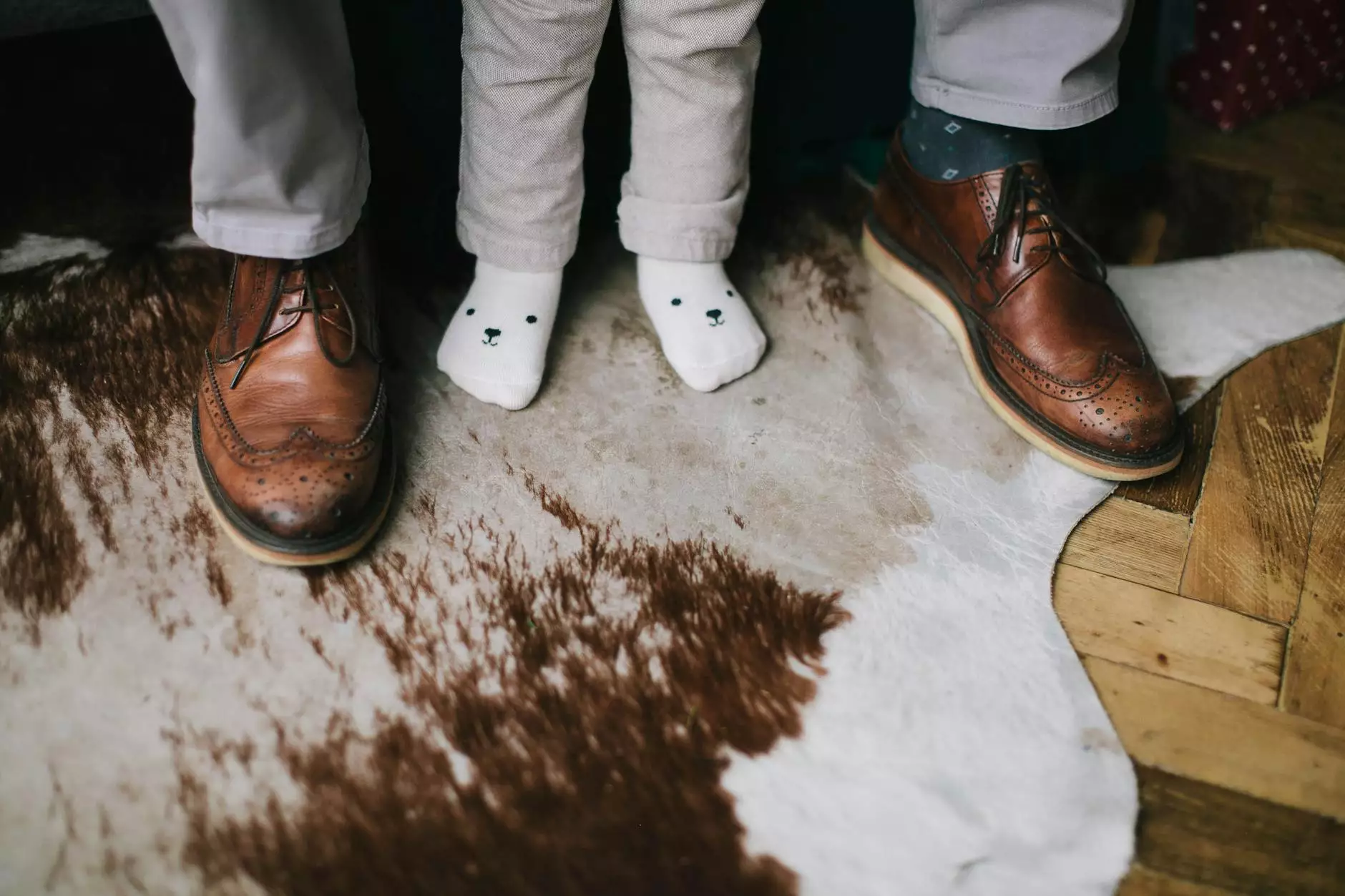Eva Foam Types and Guide

Introduction to Eva Foam
Eva foam, also known as Ethylene-Vinyl Acetate foam, is a versatile material that has gained popularity in various industries due to its unique characteristics and ease of use. This synthetic material is lightweight, flexible, and offers excellent cushioning and shock-absorption properties. In this comprehensive guide, Nibiru will provide you with insights into different Eva foam types and offer valuable tips and examples to help you utilize this material effectively in your projects.
Understanding Eva Foam Types
Eva foam is available in various types, each differing slightly in its composition and properties. It's important to understand these different types to choose the most suitable one for your specific application. Here are some commonly used Eva foam types:
- Standard Eva Foam: Also known as regular Eva foam, this type offers a good balance between softness and firmness. It is commonly used for packaging, padding, and shoe insoles.
- High-Density Eva Foam: This foam type has a higher density, making it more durable and resistant to compression. It is often utilized in products that require enhanced strength and longevity.
- Expanded Eva Foam: With a unique cellular structure, expanded Eva foam provides additional cushioning and shock absorption. It finds applications in sports equipment, protective gear, and orthopedic products.
- Adhesive Eva Foam: This type comes with an adhesive backing, making it easy to attach to various surfaces. It is commonly used in arts and crafts, DIY projects, and for creating comfortable grips on handles.
- Printed Eva Foam: Printed Eva foam allows for adding attractive designs or patterns to the foam sheets. It is often used in cosplay, prop-making, and creative projects where aesthetics play a significant role.
Tips for Working with Eva Foam
Now that you have a better understanding of different Eva foam types, let's dive into some valuable tips that can help you get the most out of this fantastic material:
1. Proper Cutting Techniques
When working with Eva foam, it is crucial to use the right cutting techniques to achieve clean and precise edges. A sharp utility knife or a hot knife can be highly effective in cutting through the foam smoothly. Remember to take proper safety precautions, such as wearing protective gloves and working in a well-ventilated area.
2. Heat Shaping and Forming
Eva foam can be easily shaped and molded using heat. By using a heat gun or a hairdryer, you can soften the foam and manipulate it into desired forms. This technique is especially useful when creating cosplay armor, props, or intricate designs.
3. Joining Techniques
Whether you're working on a large-scale project or simply attaching pieces together, choosing the right joining technique is essential. Common methods include hot glue, contact cement, and stitching. Consider the specific requirements of your project and opt for the most appropriate technique accordingly.
4. Surface Finishing
To achieve a professional and polished look, proper surface finishing techniques can make a significant difference. Sanding the edges, applying coatings or paint, and adding embellishments can give your Eva foam creations a refined appearance.
5. Experiment and Test
One of the great things about working with Eva foam is the freedom to experiment and explore various techniques. Don't be afraid to try new ideas and test different approaches. Learning from your own experiences and discovering unique possibilities will help you excel in utilizing Eva foam for your projects.
Examples of Eva Foam Applications
Eva foam's versatility makes it suitable for a wide range of applications. Here are some examples that demonstrate the diversity of projects where Eva foam can be utilized:
1. Cosplay Costumes and Props
Eva foam is highly popular among cosplayers due to its lightweight nature and ease of customization. It can be shaped into armor pieces, weaponry, and intricate costume details, providing cosplayers with the flexibility to bring their favorite characters to life.
2. DIY Home Decor
With Eva foam sheets, you can create unique and personalized home decor items such as wall art, decorative panels, and 3D sculptures. The foam can be easily cut, shaped, and decorated to match your desired aesthetic.
3. Orthopedic Supports
Eva foam's cushioning properties make it an excellent material for crafting orthopedic supports, including insoles, knee braces, and backrests. It offers comfort and support while effectively absorbing impact.
4. Packaging and Protection
The shock-absorbing and protective qualities of Eva foam make it an ideal material for packaging delicate and valuable items. Electronics, glassware, and fragile objects can be safely cushioned with custom-cut Eva foam inserts.
5. Children's Playmats and Toys
Eva foam playmats provide a safe and comfortable surface for children to play on. Additionally, foam blocks or puzzles made from Eva foam can be educational and entertaining toys for kids of all ages.
Conclusion
In summary, Eva foam is a versatile material that offers countless possibilities for various applications. By understanding the different Eva foam types and following the tips and examples provided by Nibiru, you can unlock the full potential of this remarkable material. Whether you're a cosplayer, a DIY enthusiast, or an industry professional, Eva foam can elevate your projects to the next level. Get creative, embrace experimentation, and let Eva foam be your ally in bringing your ideas to life!










